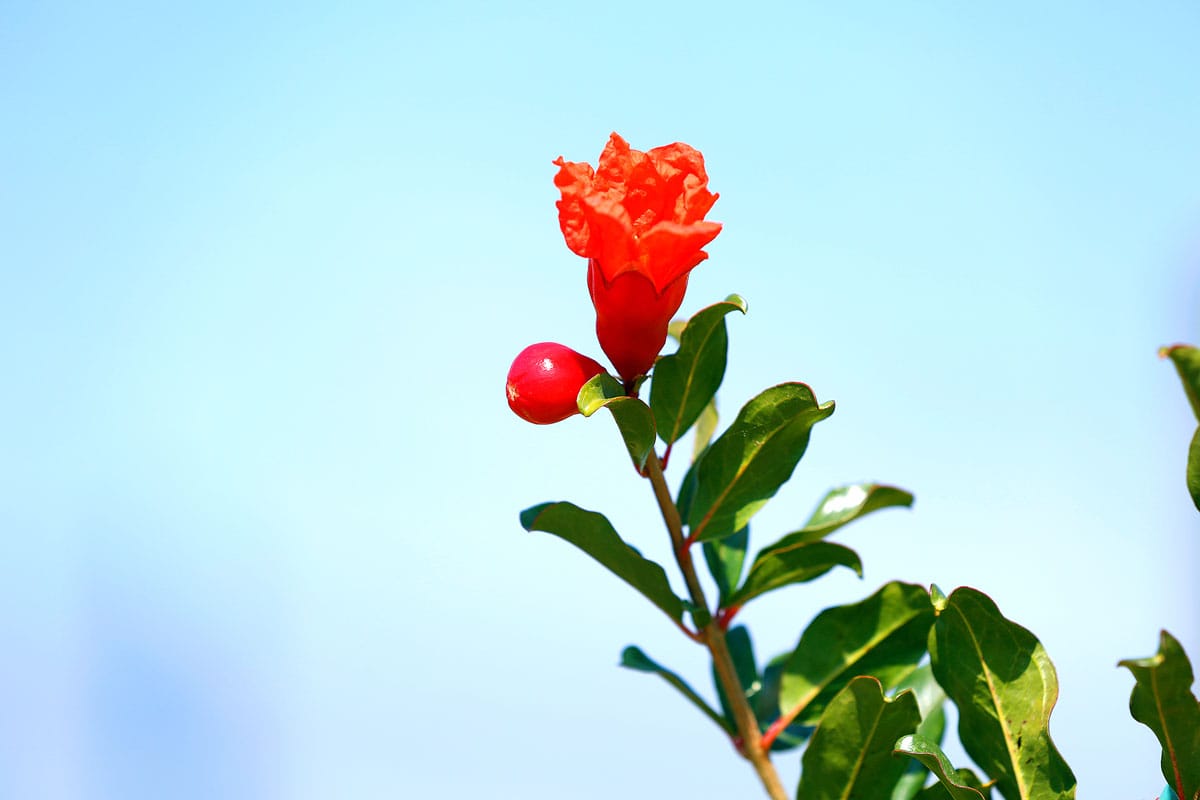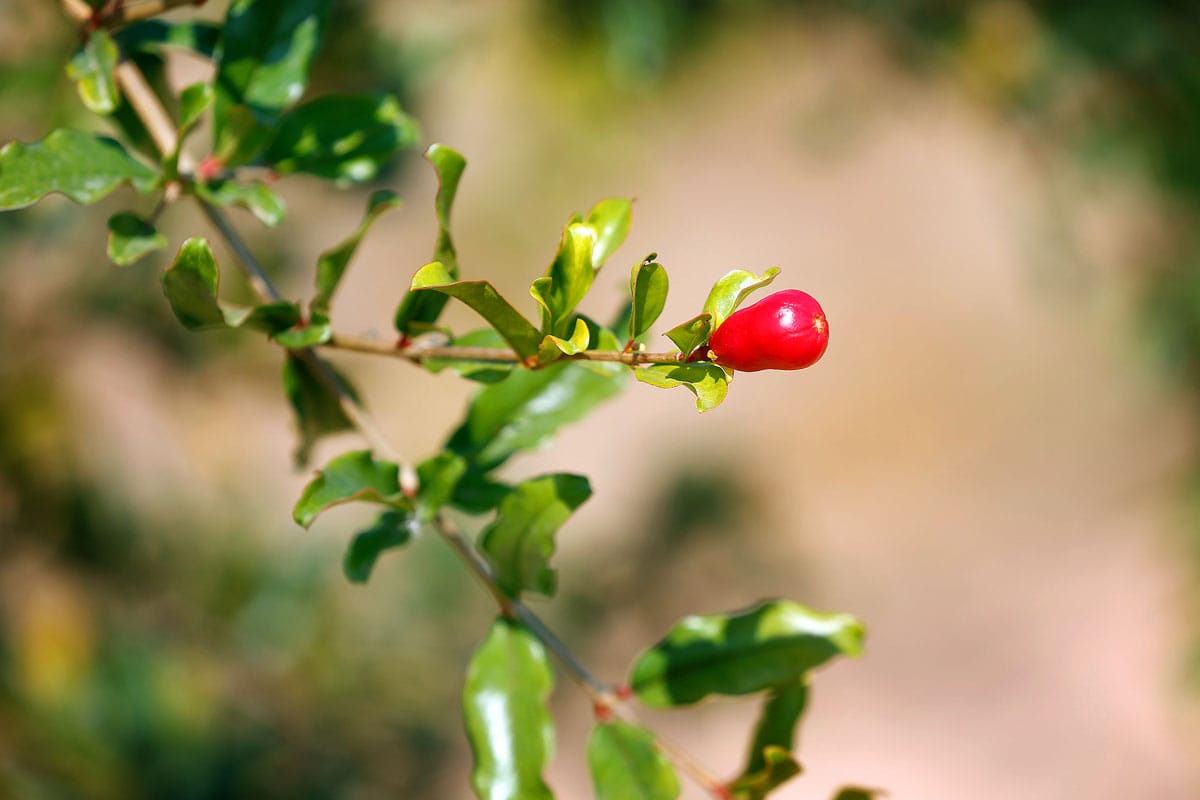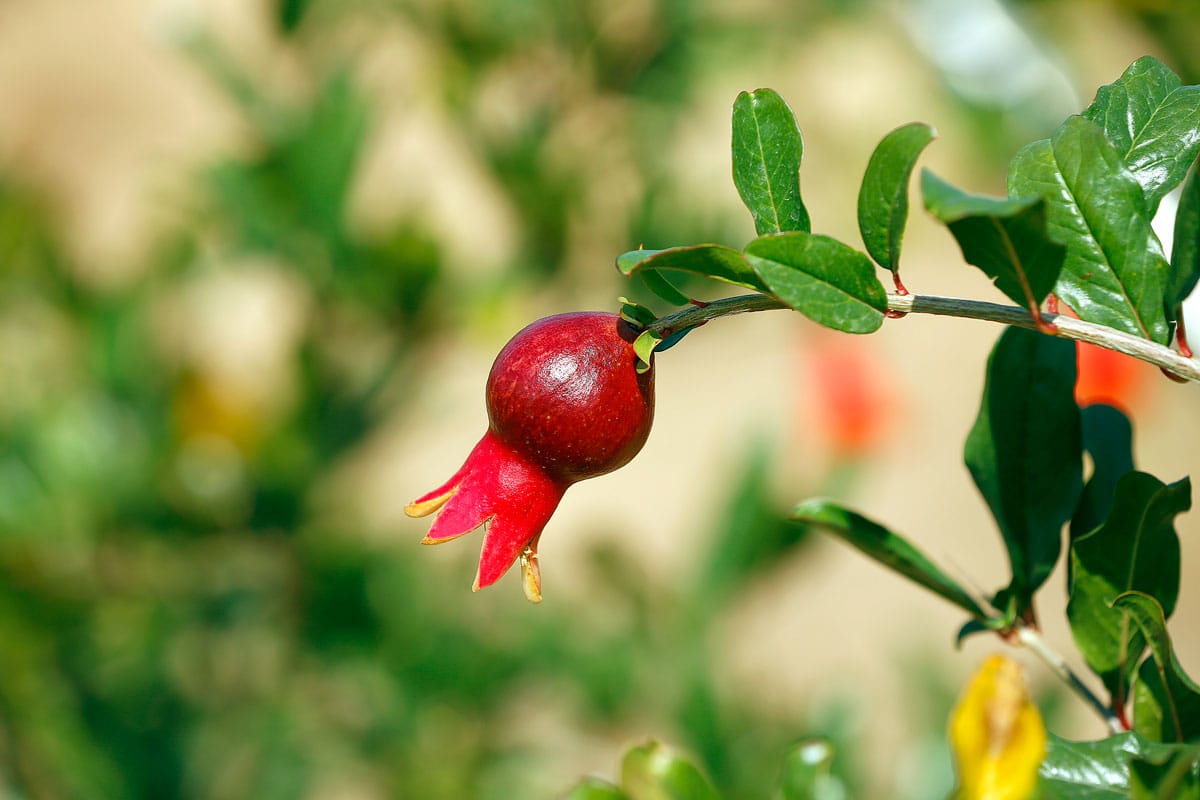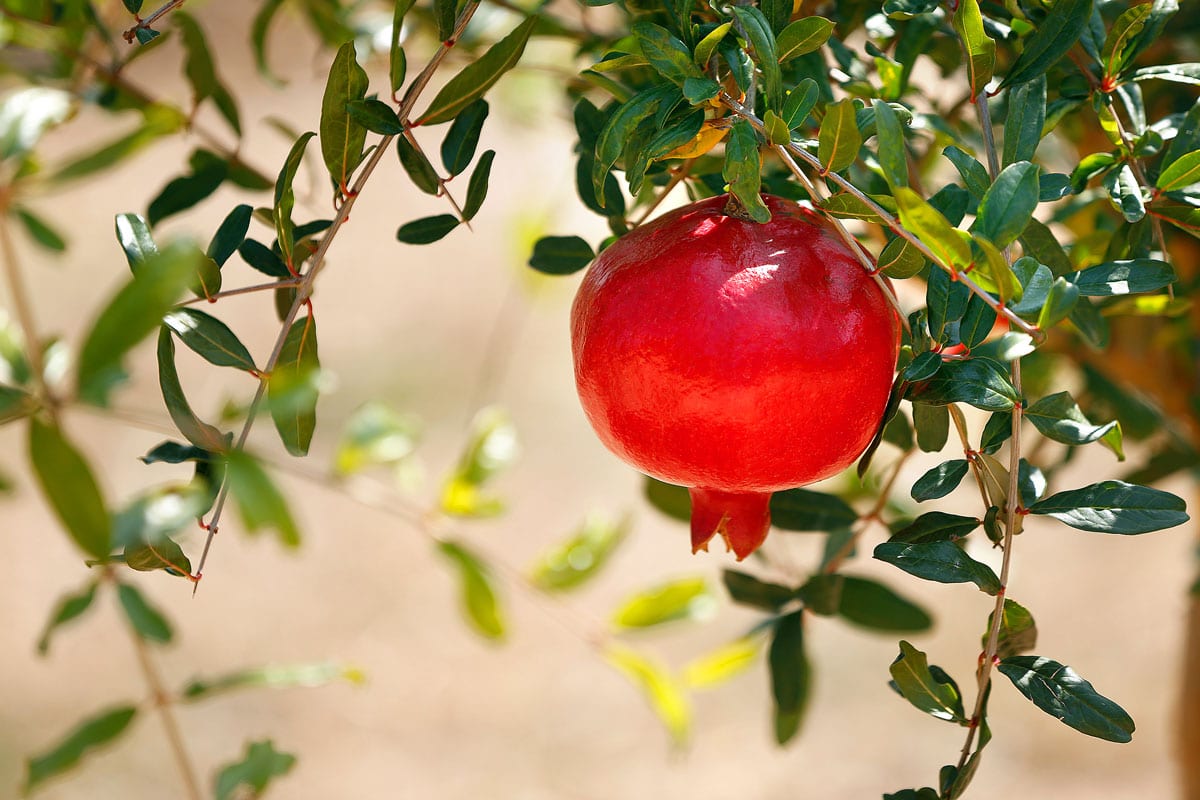EARLY POMEGRANATES
The pomegranate is a non-climacteric fruit, so it does not ripen once harvested. Therefore, it is vitally important to collect it at its optimal point of ripeness so that its sugar and acidity levels, as well as the intensity of color, are those that characterize each variety.
Both varieties (Emek and Shani) have great productive and commercial potential due to their beauty and flavor, but the added value lies in their harvest date. Traditionally, the pomegranate was harvested in October and November, but genetic improvement has managed to obtain these varieties that allow an exceptional fruit to be harvested 2 months earlier, beginning in mid-August.
EARLY POMEGRANATES
The pomegranate is a non-climacteric fruit, so it does not ripen once harvested. Therefore, it is vitally important to collect it at its optimal point of ripeness so that its sugar and acidity levels, as well as the intensity of color, are those that characterize each variety.
Both varieties (Emek and Shani) have great productive and commercial potential due to their beauty and flavor, but the added value lies in their harvest date. Traditionally, the pomegranate was harvested in October and November, but genetic improvement has managed to obtain these varieties that allow an exceptional fruit to be harvested 2 months earlier, beginning in mid-August.
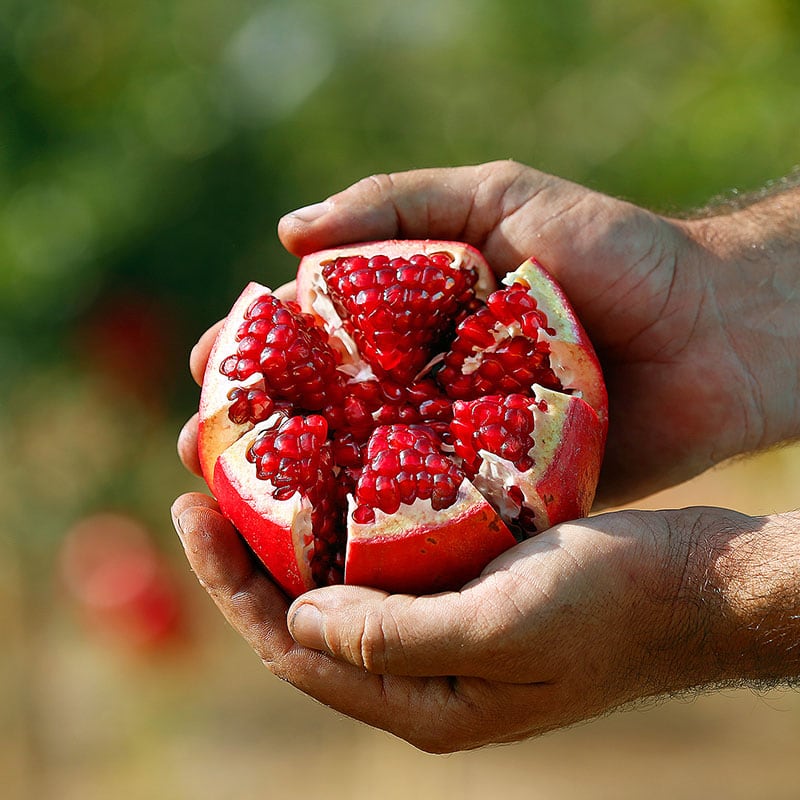
FULL OF HEALTH
Consuming the pomegranate fruit or its juice is capable of lowering cholesterol levels, due to the unique combination of polyphenols that appear to lower LDL or bad cholesterol in the blood, which may benefit the heart.
The pomegranate has numerous benefits, from those for the heart, for the skin, against arthritis or in the fight against cancer.


